Article category: Climate Solutions
Putting our Wildfire Detector to Work in New Mexico
In 2018, approximately 360,500 acres burned across our headquarters’ state of New Mexico. After a...
Article category: Science & Technology, Climate Solutions
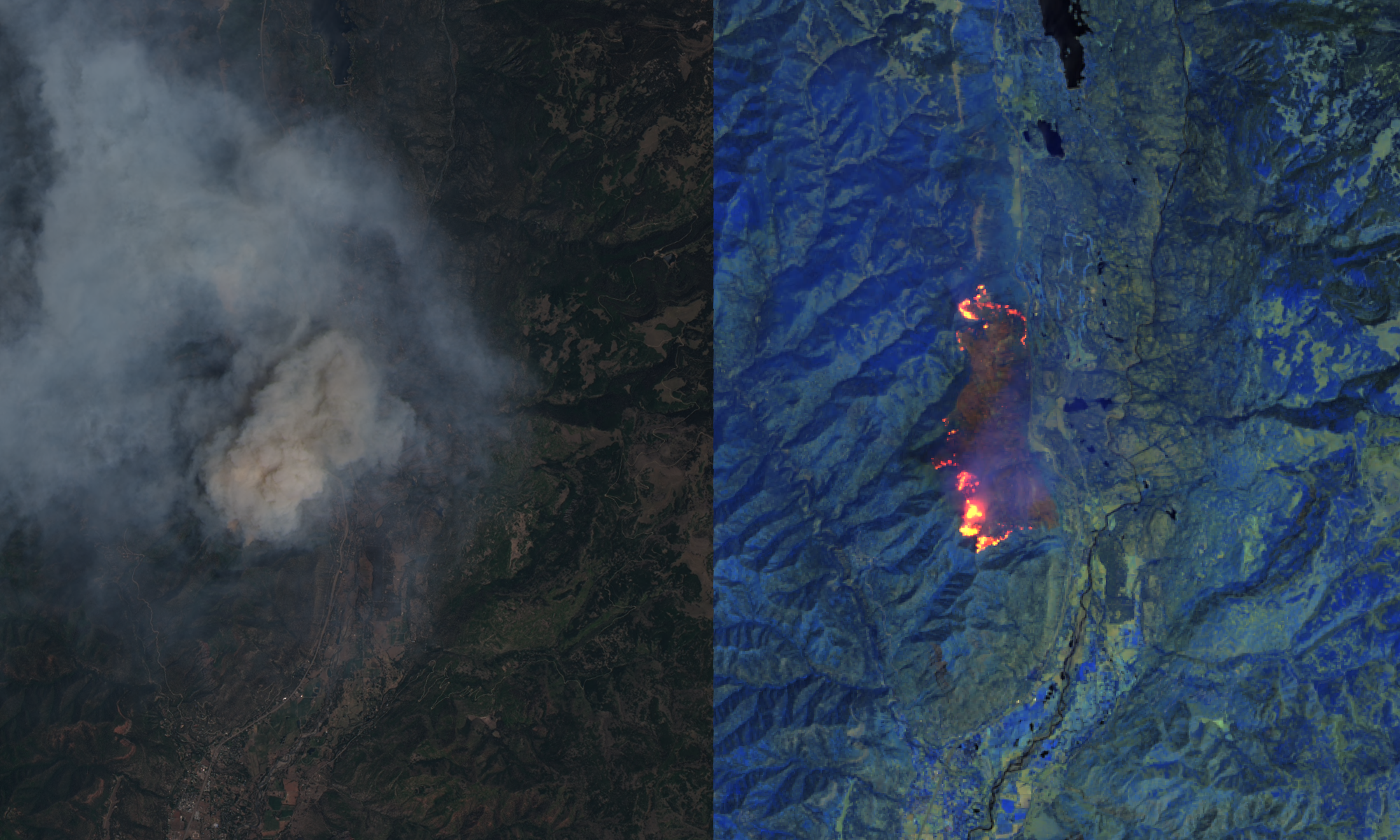
Supply chain is an interesting term. What is it? It is the chain of events, vendors, logistics, purchases, parts, people, and products that lets a business exist and serve a customer. It’s every action that takes place from production to delivery, all the way to customer satisfaction. Even returns go back through the supply chain.
When we think about making and moving things like this, we come to understand that a supply chain is the physical body that defines a company. You cannot separate a company from its supply chain. The chain is often the single greatest contributor to its success or failure. This was a major theme at the Gartner Supply Chain Executive Conference held in Phoenix last month.
So who oversees these supply chains? A lesser known member of the executive team who often controls a majority of the spending and internal decisions — the Chief Supply Chain Officer (CSCO). These leaders are increasingly being selected as the the successor to the CEO. Tim Cook is the notable example here: he took over as CEO after modernizing the company’s supply chain.
In an incredible number of cases, within the Fortune 500, supply chains are stuck in the past. Huge, successful companies dealing with physical goods have grown over many years without viewing the supply chain as a holistic system. As they grew more and more complex, their supply chains became spaghetti systems: difficult to modify, slow to change, and unable to communicate with other parts of the system.
Supply chains are often highly reactive. They’re managed using internal and historical data: factory inputs and outputs, internally derived product deadlines and schedules, suppliers who are chosen based on staff relationships, quality control, price, and historic performance. The list goes on. The common denominator is that the answers come from inside the organization.
Imagine a supplier disruption as an example. Today, if a supplier has a major disruption (wildfire, hurricane, worker strike, etc.), they notify you via email or phone. Your organization and its supply chain react to this news (and put out the other fire of missed expectations with customers, investors, etc.) and then log the disruption into a historical database. When the dust settles, you still only have your internal data relative to that supplier. How can you forecast another disruption with only that?
Amazon has shown us that a supply chain can be used as a distinct competitive advantage. This is the the dawn of a new age of “digital” supply chains. At the core of this digitization movement are cloud based-analytics and the Internet of Things (IoT) which focus on monitoring goods, vehicles and other assets in order to predict changes and model different scenarios. The hope is to evolve the supply chain into a forward-looking thinking machine as opposed to a purely reactive one.
Many firms are beginning to incorporate the concept of a “digital twin.” A piece of machinery or an entire factory can have digital twins. The twin includes detailed information on the asset’s identity, location, usage, output, health and financial history. Supply chain managers can use a twin to forecast impacts on production when something fails. The simulations show where to spend resources (i.e. — perhaps you should you buy a backup for this machine).
Working for Descartes Labs, a company which is using remote sensing technologies (like satellites) and machine intelligence to build a living atlas of the planet, one thing struck me during the conference: companies still tend to look inward when thinking about their supply chains. They monitor their machines, their factories, trucks and ships carrying their goods. They monitor (and even digitize) the objects they have deemed important to their supply chain. But what about the context in which those objects exist?
William James has a great quote about context: “To know an object is to lead to it through a context which the world provides.” Supply chains are increasingly digital but still very internal in nature, and we are quickly gaining the capability to provide complete global context for these supply chains and all their constituent pieces. The time has come to begin merging internal data with the external forces that drive the supply chain.
Imagine a world where you have access to all of your digital supply chain data. This is fused with a complete living-picture of the entire planet — the context for where that data lives. “Supply sensing” and its attractive twin, “demand sensing,” are now possible due to advances in localized, remote sensing and machine intelligence.
Why are we guessing what and when to buy? By monitoring the total supply of raw materials on a global scale, the best possible purchasing decision becomes clear.
Take an example in moving a crop — like bananas. Bananas are picked green. Ripening is carefully temperature controlled as they are shipped to consumers all across the world. Any delay in the supply chain can lead to an unsaleable product.
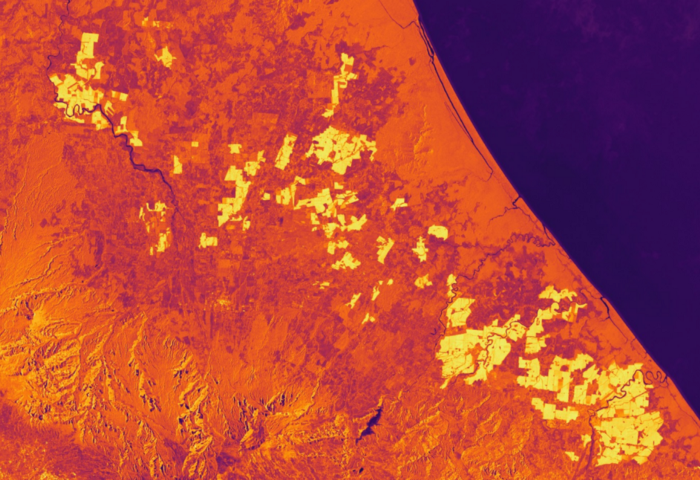
What if supply chain managers could easily forecast which ports were going to be congested in the near future so alternative modes of transportation or routes could be considered before shipping? Risks associated with choosing an individual supplier’s factory due to location, historic weather patterns, or even factory on/off signals from space-borne sensors could be evaluated. The full story about a supply disruption could be known, well before a panicked phone call from a vendor.
Having an understanding today of who your customers are and where they live is no longer enough. Forecasting where they will be in the future to ensure product or services are delivered at the right place and time will become a competitive decision advantage. Satellite data can forecast the growth of cities on a microscale. With this view, producers can estimate demand for critical infrastructure like roads, houses, and buildings — to be constructed in near-real time.
The commercial enterprise supply chain of the future will be aware of itself and its surroundings. It will get smarter over time by continuously adding new data, learning, and delivering new insights. The benefits of a living supply chain are profound.
So many companies today are trying to simplify and streamline — to reduce complexity anywhere they can. Their supply chains have to ride the wave of digital advances. Winners and losers will be defined not by those that make the best use of their data, but those that make use of all data. Those who understand the context of their decisions will lead.
Our Wildfire Watch System, @WildfireSignal, went live on Twitter today. Our applied science team is experimenting with new ways to improve how disasters are seen and tracked, starting with wildfires. Embedded in each tweet, served up through the system, is a time-lapse video with red-green-blue (RGB) and infrared data that shows the progression of wildfires in neon pink and blue. The heat signature of an active wildfire shows up as a set of bright red and white pixels. The smoke plume follows soon after the optical image. We hope that this bot — and the technology that powers it — can provide a new way to visualize and track wildfires.
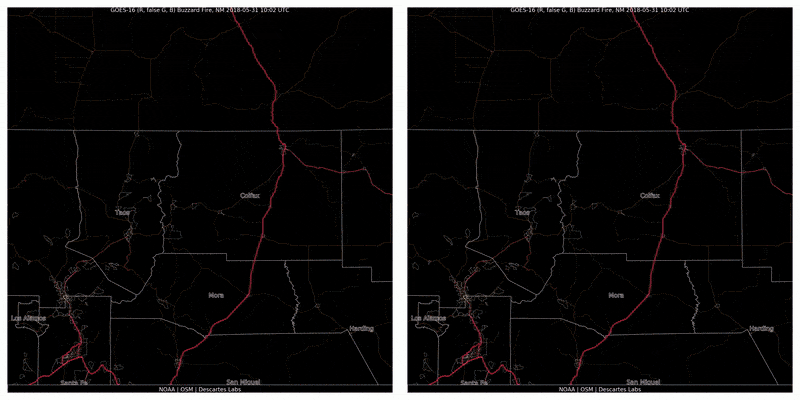
We began looking at natural disasters in 2017 after first watching Hurricane Harvey devastate Houston and the Gulf of Mexico. Wildfires hit close to home across Descartes Labs. Team members who spent time at the Los Alamos National Labs remembered the evacuation experience from the fires in 2000 and 2011, which came dangerously close to burning down the Labs. The California wildfires in 2017 affected many of the families and friends of team members from the area. We began to track patterns in these fires, which became foundational to our new Wildfire Watch system design. As we built the system, we realized we could use it to create a Twitter bot that would give people affected by wildfires across the country the ability to track their movement and monitor the direction of smoke from the fire.
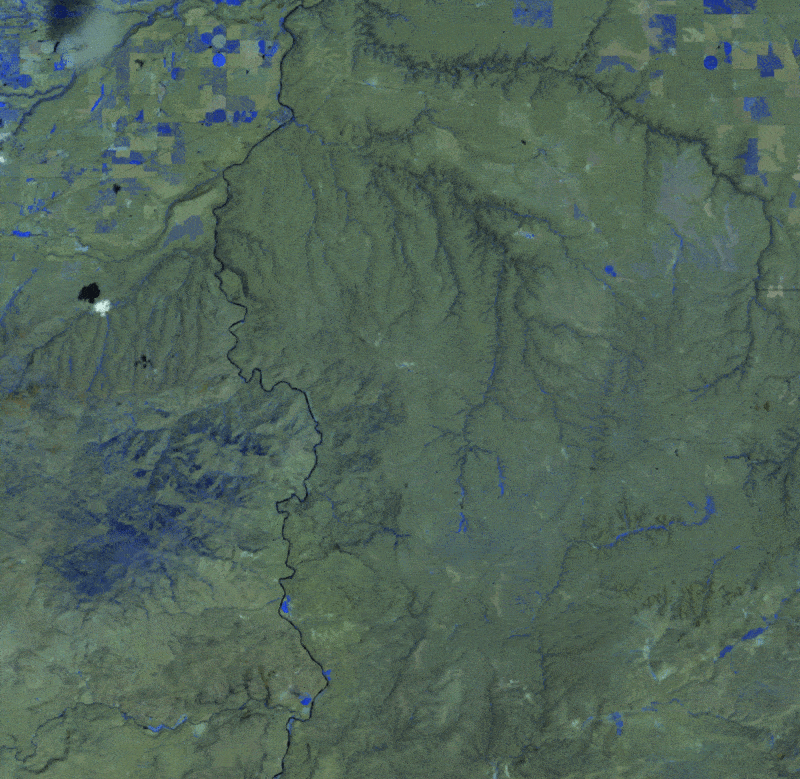
We retrieve the active fire list from Inciweb, a government interagency incident management platform, and use the new GOES-16 satellite to create time-lapse video of all active wildfires in the U.S.
GOES-16 provides a close-to-live video feed of the U.S. (updated every five minutes) and we’re able to pull it down, clean it up, and get it analysis-ready within four minutes from capture. This allows us to offer quick insights into the movements of wildfires and their smoke plumes. We also provide higher-resolution images twice a week from Landsat 8 and Sentinel-2 which are used to confirm the “burn scars” as the fire moves (shown left).
Our Twitter bot updates every six hours and automatically produces new videos of the previous six hours. This bot will tell the story of wildfires in the continental United States, all connected to hashtags (like #UteParkFire), to allow people to easily search for and follow a fire.
We’re currently feeding a dedicated Wildfire Watch system to the vigilant overseers of the Santa Fe National Forest to help track and monitor fires as soon as they break out, anywhere in northern New Mexico. By fusing this data with building detection, we can show homes, structures, and residents most at risk as a fire spreads. While our Wildfire Watch system is currently focused on monitoring and tracking ongoing wildfires, we are also working to develop novel ways to detect new wildfires as quickly as possible. A live feed of this kind would have the potential to reduce the reaction time of first responders, and hopefully prevent small disasters from becoming big ones.
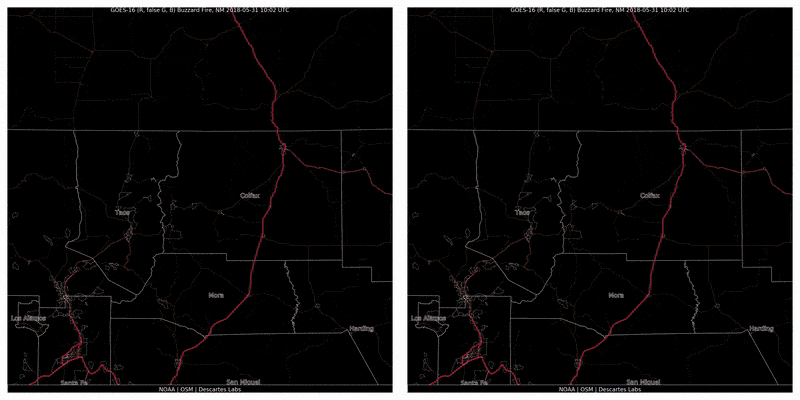
Article category: Climate Solutions
In 2018, approximately 360,500 acres burned across our headquarters’ state of New Mexico. After a...
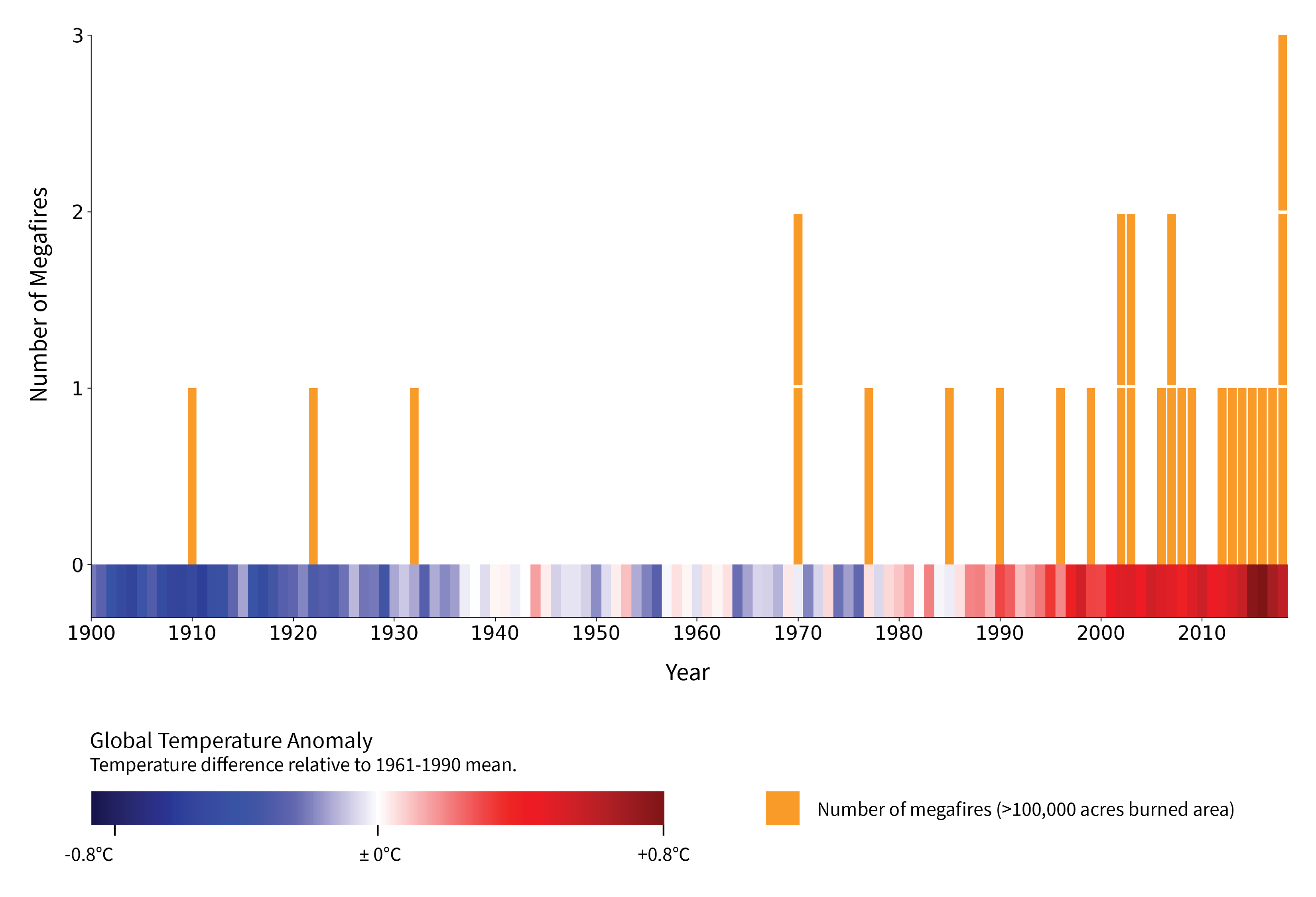
Article category: Climate Solutions
Megafires, defined by the US Forest Service as wildfires that burn over 100,000 acres, are...
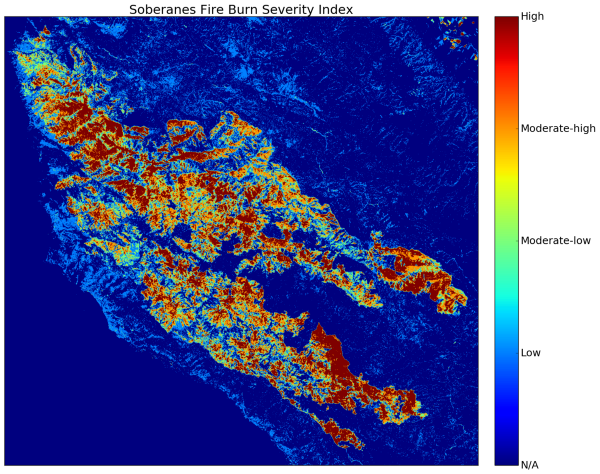
Article category: Science & Technology, Climate Solutions
In the wake of yet another season of significant wildfire activity across the US and in particular...
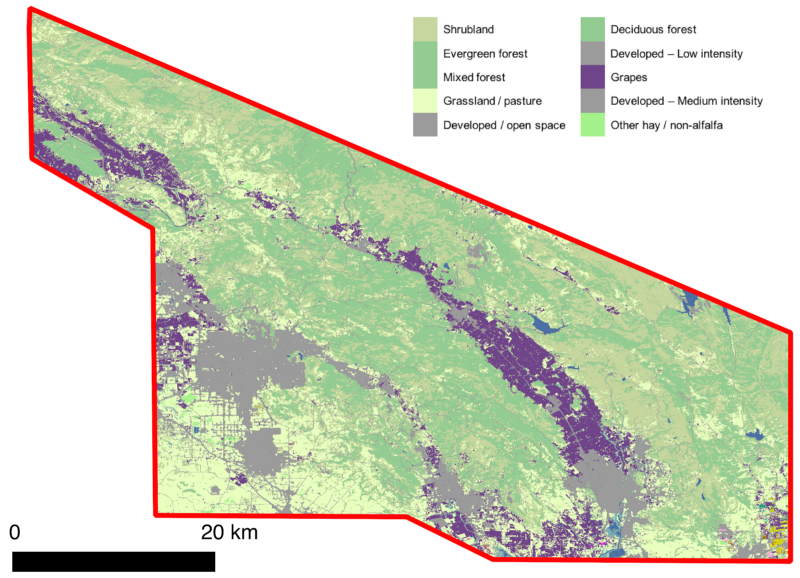
Article category: Science & Technology, Climate Solutions
Over the past week, we’ve watched in horror as wildfires tore across Northern California. With a...